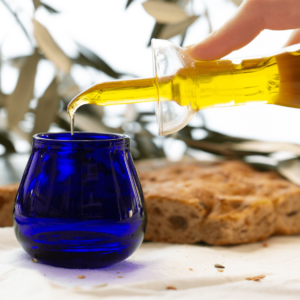Wine tasting has become part of our culture and in recent years the world of glass has been able to follow this evolution in consumption alongside producers.
The encounter between wine and the right cup has now become a real science. The glass is the indispensable tool with which you can exalt the different organoleptic characteristics of each wine.
The analysis of the movement of the wine in the cup of the glass and how the aromas are released, the refraction of the colors on the surface of the glass, the way in which a shape of the edge brings the wine into contact with the tongue are all fundamental variables for a correct evaluation when choosing the glass.
Shape, stem and quantity are the aspects to take into account for each combination.
The shape mainly depends on the quantity of oxygen that comes into contact with the wine inside the glass, the point where a wine comes into contact with the tongue and the quantity of wine sipped.
White wines, young reds and rose wines, need a glass not too wide and pretty closed at the top, which brings the wine to the tip of the tongue, where sweet flavors are perceived, and on the sides where acidic notes are perceived.
The discourse changes for red wines of structure, which, on the contrary, need a prolonged oxygenation inside the glass and for which it is therefore advisable to have a very large glass, which helps to free perfumes.
The stem has the function of avoiding contamination of odours, such as the soap used for the hands, and to avoid that the heat of the hands affects the temperature of the wine, such as for white wines or for Pinot Noir.




